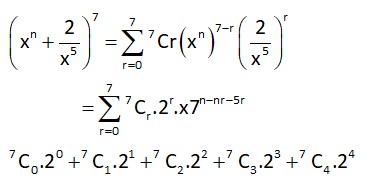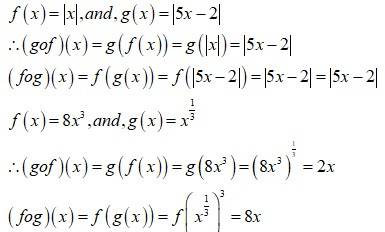Maths
Get insights from 6.5k questions on Maths, answered by students, alumni, and experts. You may also ask and answer any question you like about Maths
Follow Ask QuestionQuestions
Discussions
Active Users
Followers
New answer posted
4 months agoContributor-Level 10

= 939
And r = 4 then
And r should not be 5
possible values of n are 7, 8, 9, 10, 11, 12
Sum of integral value of n = 57
New question posted
4 months agoNew answer posted
4 months agoContributor-Level 10
Sum of all entries of matrix A must be prime p such that 2 < p < 8 then sum of entries may be 3, 5 or 7
If sum is 3 then possible entries are
(0, 5), (0, 1, 4), (0, 2, 3), (0, 1, 3)
(0, 1, 2, 2) and (1, 2)
Total number of matrices = 4 + 12 + 12 + 12 + 12 + 4 = 56
If sum is 7 then possible entries are
(0, 2, 25), (0, 03, 4), (0, 1, 5), (0, 3, 1), (0, 2, 3), (1, 4), (1, 2, 2), (1, 2, 3) and (0, 1, 2, 4)
Total number of matrices with sum 7 = 104
total number of required matrices
= 20 + 56 = 104
= 108
New question posted
4 months agoTaking an Exam? Selecting a College?
Get authentic answers from experts, students and alumni that you won't find anywhere else
Sign Up on ShikshaOn Shiksha, get access to
- 65k Colleges
- 1.2k Exams
- 679k Reviews
- 1800k Answers




